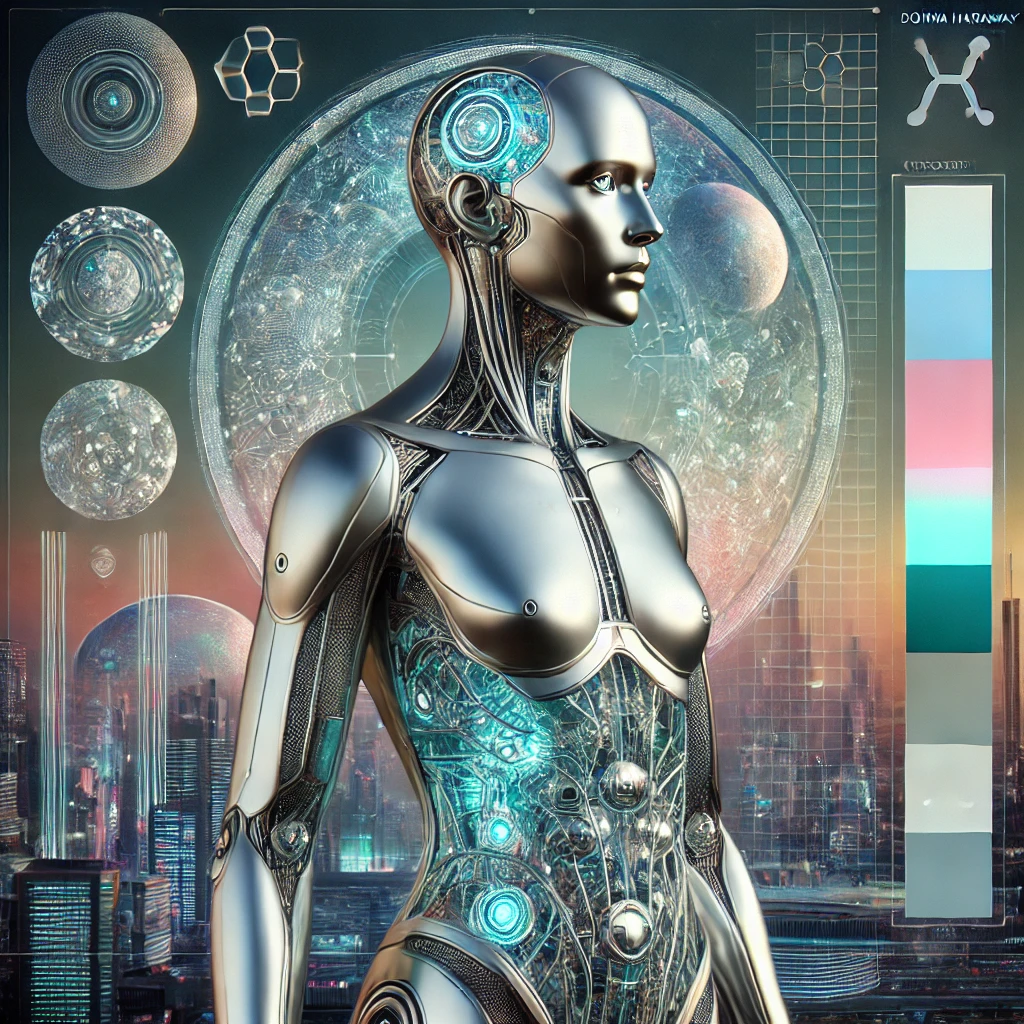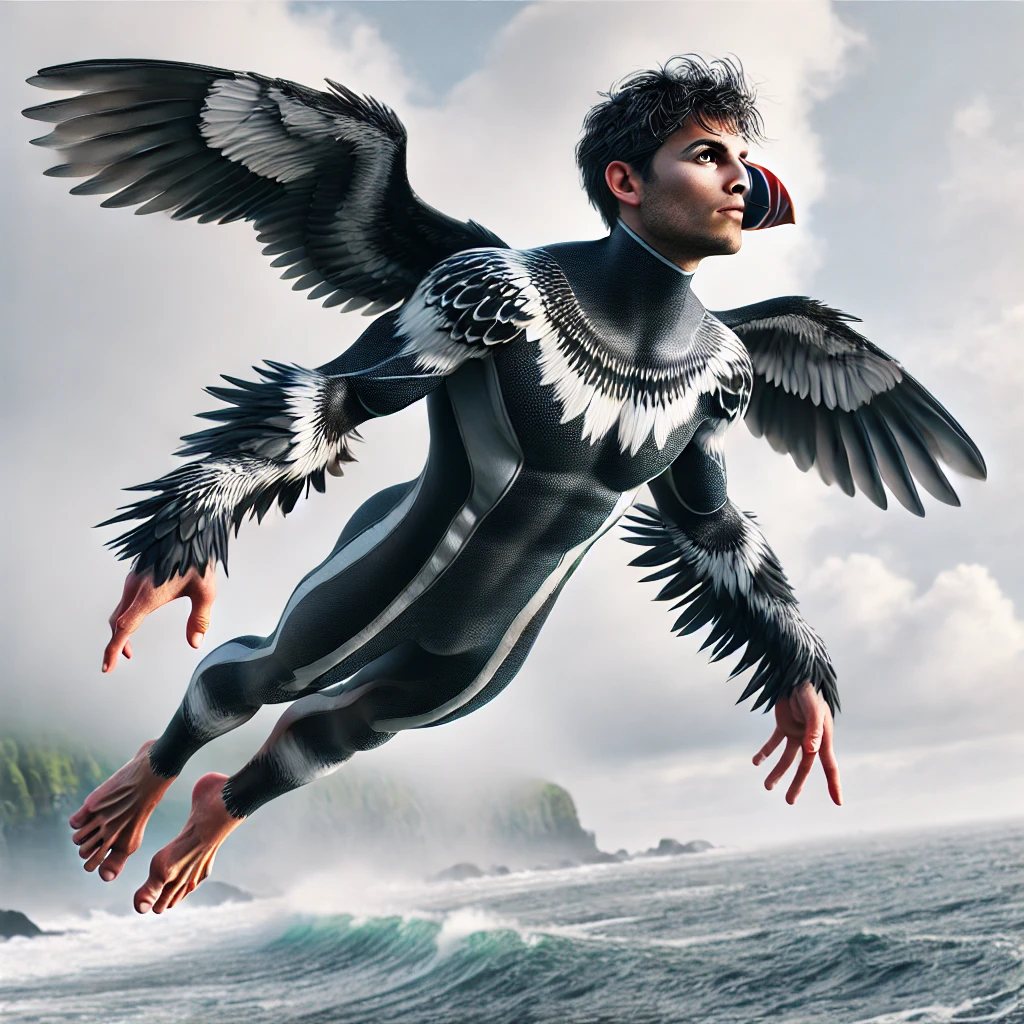To be completely honest, I probably would not engage in DNA splicing with animals if given the option, but if the technology did exist to merge human traits with those of an animal, I would choose to become one with a cheetah. Cheetahs are already very well-known for being super fast (the fastest land animal on the planet), but they have even more going for them than that. They are extremely athletic and agile, while also having some of the fastest reflexes in the animal kingdom.
If I was given the abilities of a cheetah, I would be able to do so much. Most notably, being able to travel long distances effortlessly in such a short amount of time would be heavily beneficial. Most likely, I wouldn’t have to use a car to get around ever because they can move to speeds of 65 mph (leads to not having to pay for gas a lot and there are no limitations of speed for humans traveling on foot so no tickets). Also, if given the cheetah’s ability of extreme focus it would really help me out in my daily life as I have a supreme case of ADHD which tends to hinder me a lot. Anyways, these abilities would be monumental to daily life and that’s not even talking about the potential to use your powers in professional athletic settings.
While adding on these cheetah-like traits, I would want only one limitation. I wouldn’t want my physical appearance to render that of a cheetah upon the merge. I don’t like the idea of sticking out so much that everyone could take a gander at why I’ve become so superhuman-like, and I feel cheetah prints, a tail, and a change in eye shape and color would be a dead giveaway. Also, while thinking about this, I would like to keep the actual human mind part of me. By that I mean I don’t want to exactly think like a cheetah, I am only looking for physical upgrades (don’t need my mind altered (maybe an adjustment to mentality though)). With this balance I feel I would have the best of both worlds, while being what could only be described as superhuman. If there was any level of humanity that I would give up it would have to be my personality though.



